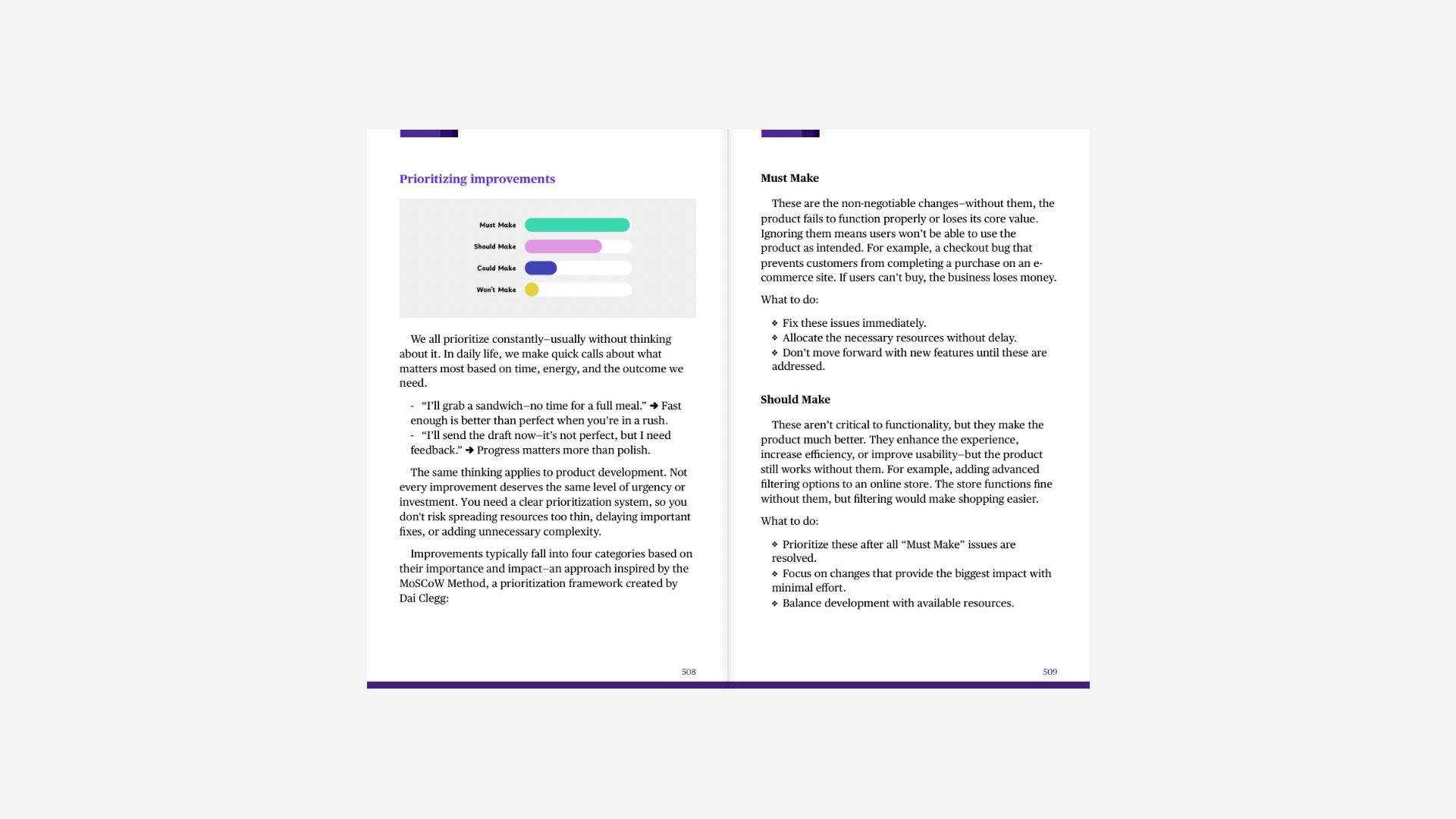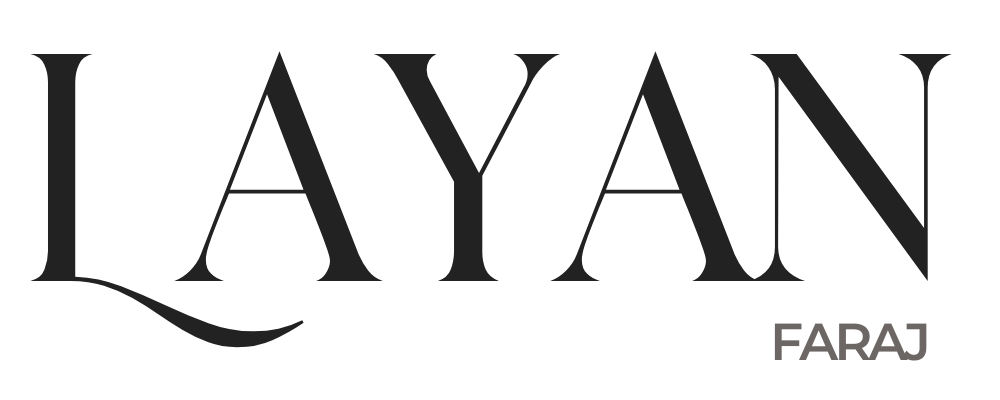You never run out of ideas when you’re building a product — you run out of time.
Every week brings a new “must-have” feature, a clever improvement, or a tempting request from a customer or investor. Soon enough, your roadmap starts to look less like a strategy and more like a wish list.
The challenge, then, isn’t coming up with ideas — it’s deciding what actually deserves to be built. Many teams spread their energy thin, polishing details that don’t matter yet or chasing features that sound exciting but don’t move the needle for users.
When teams skip prioritisation, they often confuse motion with progress. Hours of development go into features that solve problems no one actually cares about. Over time, this leads to feature bloat, where the product becomes cluttered with functions that dilute its core value instead of amplifying it.
Users feel this immediately. They struggle to find what matters, grow confused or disengaged, and start to drift away. Beneath all that, something deeper happens — the team loses its sense of direction. Without a clear hierarchy of priorities, every decision becomes reactive.
That’s why every “wishlist” of features should be run through feature prioritisation before a single line of code is written. Because in the end, the products that win aren’t the ones that do everything — they’re the ones that do the right things, first.
What Is Feature Prioritisation?
Feature prioritisation is the process of deciding which ideas deserve your team’s attention first — and which can wait. It’s the deliberate act of ranking potential features not by excitement or convenience, but by how much real value they create for both the user and the business.
Done well, it helps you build strategically, not reactively. It turns chaos into clarity — giving your team a shared understanding of what success looks like and what can safely be postponed.
The Dimensions You Must Weigh
When you evaluate a feature idea, you’re not just asking “Is this good?” — you’re asking “Is this the best thing to build next?” That requires weighing several dimensions of value, cost, and timing.
.
1. User Value — How strongly does it solve a real problem or create delight?
2. Business Value — Will it increase revenue, reduce churn, lower cost, or open strategic opportunities?
3. Learning Value (Uncertainty Reduction) — Does it test a risky hypothesis that unlocks future decisions?
4. Effort / Cost — How much time, technical work, or resources will it require across design, engineering, and operations?
5. Risk — What are the chances of technical complexity, performance issues, or brand risk?
6. Strategic Alignment — Does it directly support the company’s current goals or distract from them?
7. Dependencies & Sequencing — Does it rely on other work being completed first?
8. Time Sensitivity — Is there a competitive or seasonal window that makes timing crucial?
.
A high-priority item typically scores strongly on value and learning potential, aligns closely with strategy, and carries acceptable cost and risk. It’s the sweet spot where impact meets feasibility.
The MoSCoW Framework

One of the simplest yet most powerful tools for bringing structure to this process is the MoSCoW framework. It helps teams bring order to what often feels like chaos — the endless list of ideas, requests, and possibilities that fill a product backlog.
The beauty of MoSCoW lies in its clarity: it forces you to make explicit decisions about what’s essential, what’s important, what’s optional, and what can wait. Instead of treating all ideas as equally urgent, it helps you rank them according to their true necessity and impact on the product’s success.
The name “MoSCoW” comes from the initials of its four categories: Must Have, Should Have, Could Have, and Won’t Have. Together, these categories form a practical hierarchy of focus — a conversation between your vision and your constraints, between what you’d love to build and what you can realistically deliver right now.
The first category, Must Have, refers to features that are absolutely essential for the product to function. Without them, the product cannot fulfil its core promise. These are the features that define the minimum viable version — the ones that make the product work. If a Must Have isn’t delivered, there is no product launch. They represent the non-negotiables, the foundation upon which everything else depends.
Next come the Should Have features. These are important, often high-value elements that improve usability, depth, or completeness, but the product can technically operate without them. They’re the natural next step once the essentials are stable — the kind of features you’d ideally want to include soon after launch, but not at the cost of delaying the release. Prioritising Should Haves helps a team balance ambition with practicality, ensuring progress without paralysis.
The third layer, Could Have, captures ideas that would enhance the product experience but aren’t vital for its success. These are usually features that delight rather than define — refinements, conveniences, or aesthetic improvements that make the product feel more polished but not necessarily more viable. The power of acknowledging Could Haves lies in restraint: by recognising that they’re valuable yet non-essential, you prevent them from consuming time meant for critical work.
Finally, Won’t Have (for now) is perhaps the most underrated category, yet it’s the one that preserves a team’s focus. This label doesn’t mean “never” — it simply means “not this time.” By deliberately stating what won’t be included in the current release, you make space for what truly matters. This decision removes ambiguity and protects your roadmap from feature creep, ensuring that everyone on the team is aligned on the immediate mission.
What makes MoSCoW so effective is that it’s not just a ranking system — it’s a decision-making framework that builds alignment. It transforms subjective opinions (“I think this is important”) into shared language (“Is this a Must or a Should?”). It helps teams balance user needs with business goals, and ambition with reality. It also adapts easily across contexts: whether you’re defining the first version of a product or planning a major release for a mature platform, MoSCoW helps you articulate what success looks like within your current limits.
At its core, feature prioritisation — and frameworks like MoSCoW — exist to create clarity. They remind us that great products aren’t the result of building everything; they’re the result of building the right things, in the right order.

-
Before Yo Go to Market
49,00 $ -
Before You Risk It ALL
0,00 $








